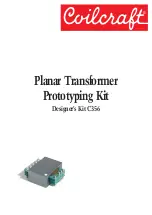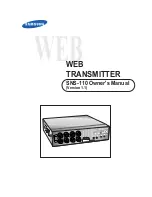
Revision 19.0
SOLO7 Transmitter Family User Guide
Copyright © 2013 Domo Tactical Communications (DTC) Limited. All rights reserved.
Commercial in Confidence
Page 9-111
9.
Appendix C – Safety and Maintenance
9.1
Cautions and Warnings
Note
: The following guidelines may or may not be applicable to your product. However, we would ask that
you read them to assess their relevance.
Area
Note
Aircraft Safety
Use of this equipment on board aircraft is strictly forbidden, unless
confirmed as safe by the aircraft operator.
Use of radio transmitter equipment in an aircraft can endanger navigation
and other systems.
Cables
Connecting cables should not be positioned where they are likely to become
damaged or where they may present a trip hazard.
Electrostatic Discharge
ESD guidelines must be followed for this electrostatic sensitive device.
Enclosures
Do not remove any factory installed screws or fastenings. Damage to the
units may result and void any warranties.
Only authorised, trained personnel should open the product. There are no
functions that required the user to gain access to the interior of the product.
There are no user serviceable parts inside.
Environment
The equipment should not be used in hazardous or corrosive atmospheres.
Users are reminded of the necessity of complying with restrictions regarding
the use of radio devices in fuel depots, chemical plants and locations where
explosives are stored and/or used.
Lightning Strike
There is a risk of lightning strike to antennas. The equipment should not be
assembled in an area at the time of lightning activity. Antennas should be
adequately protected from lightning strikes.
Power Supply
Ensure that the power supply arrangements are adequate to meet the stated
requirements of each product. Observe all electrical safety precautions.
RF Emissions
When wearing the Nano Transmitter on the body, you must only put the side
with the label and the mounting lugs towards your body.
The transmitter must always be mounted at a minimum of 5mm away from
your body.
The antenna must be kept vertical when the transmitter is mounted near to
the body.
The device is operating on an FCC Part 90 frequency.
Risk of Eye Injury
Care should be taken to avoid eye contact with the antennas.







































